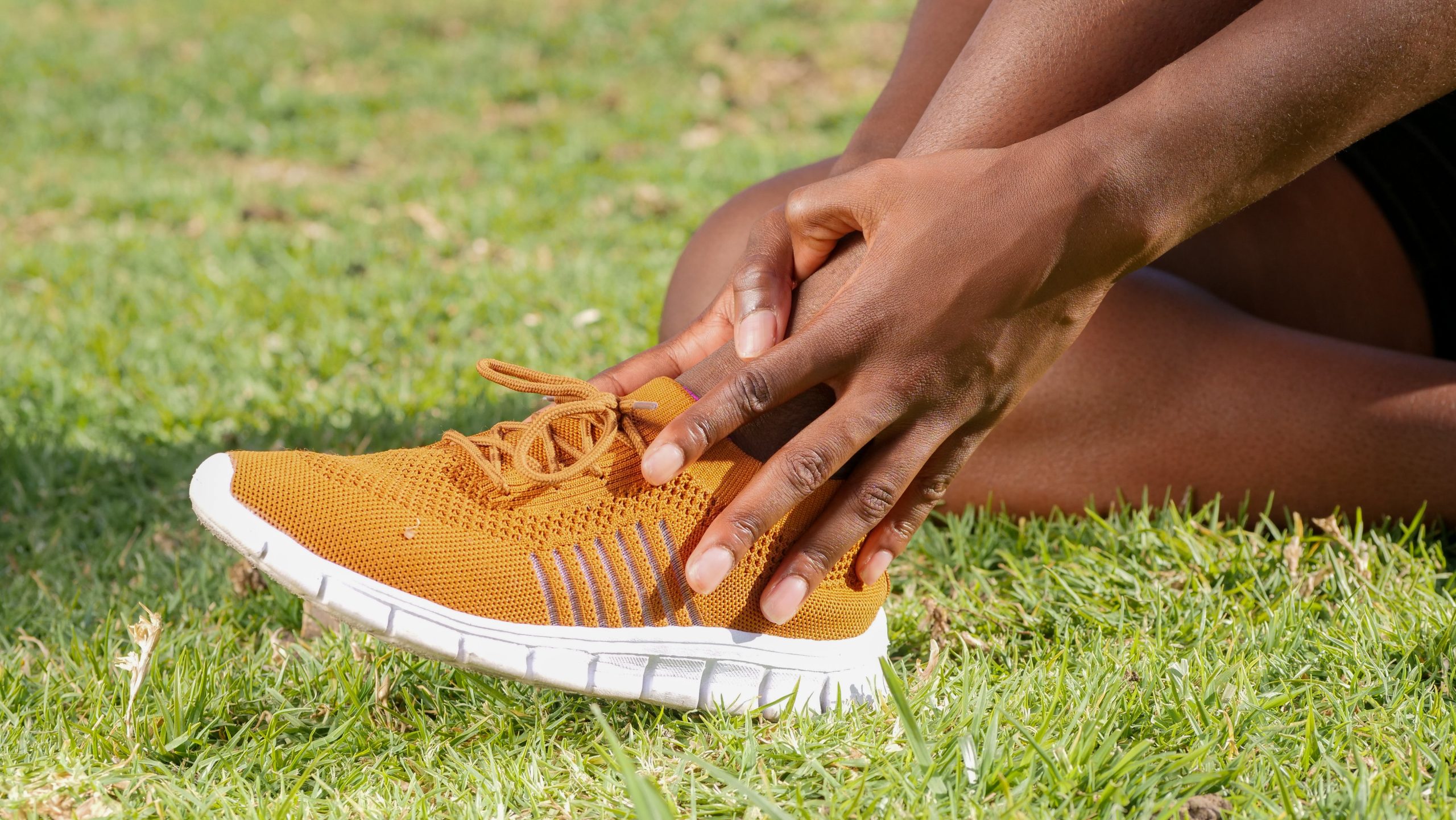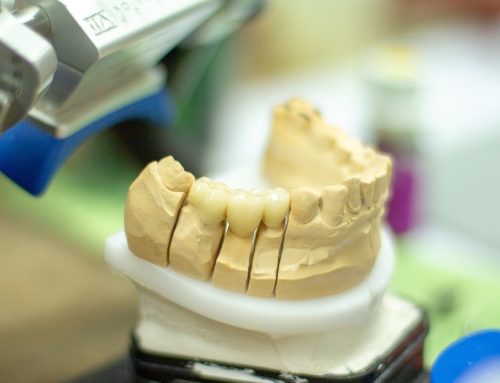If you’re a runner, you likely know just how key a tool running shoes are. The choice of materials in the construction of running shoes directly defines areas like performance, comfort, and even overall health; much like how opting for materials like leather is crucial for corporate shoes.
So it’s a good idea to learn about appropriate running shoe materials, as that’ll vastly improve your shopping experience in this regard. Here are 3 to start.
EVA Foam Midsoles
Chances are you’ve seen EVA foam in running shoes, even if you couldn’t name the materials.
Commonly used in midsoles, EVA foam has several key characteristics that make it popular among runners. For example:
- It is known for its excellent cushioning properties, which help to absorb the impact forces generated while running; minimizing the stress on joints and muscles to reduce the risk of injuries
- It is a lightweight material -meaning that there’s no added unnecessary weight, allowing for a natural range of motion in the foot
- While soft and cushioned, it’s also a durable enough material to withstand the rigors of running, ensuring the longevity of a shoe’s performance
Mesh Uppers
The upper part of running shoes often feature mesh materials, and for good reason.
The choice is driven by factors related to comfort and performance. For example:
- It’s highly breathable, allowing air to flow into the shoe and heat to escape. It’s a primary way feet are kept cool and comfortable, reducing the likelihood of excessive sweating and discomfort during long runs
- It’s a lightweight and flexible material that doesn’t add unnecessary weight to the shoe. This means it also conforms to the shape of the foot, enhancing the overall fit and comfort
- It’s effective in managing moisture, which is crucial for preventing blisters and maintaining foot health as it wicks away sweat and moisture
Carbon Fiber Plates
A primary duty of any running shoe is speed plus efficiency and carbon fiber is a high-performance material that’s increasingly used in running shoe design, particularly for this purpose.
For example:
- Carbon fiber plates are known for their stiffness, which propels the runner forward with each stride; storing and releasing energy for a more efficient running gait and speed
- It’s designed to reduce the load on the calf muscles, reducing fatigue to improve running economy
- It’s a stiff material with energy return properties, but carbon fiber plates remain lightweight, ensuring that shoes withstand the wear and tear of intense training and racing
These materials, when used strategically in the construction of running shoes, can significantly impact a runner’s comfort, performance, and overall experience. So next time you’re out shopping for running shoes, think of them as tools and consider things like the cushioning properties of EVA foam, the breathability of mesh, and the energy return properties of carbon fiber to get a high return on your purchase.








Leave A Comment